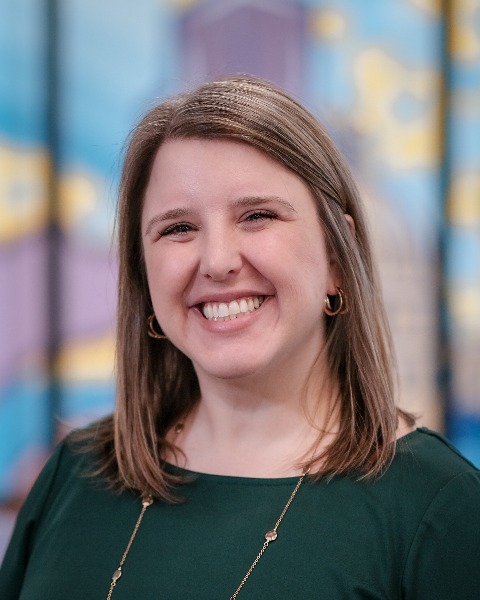Injury Prevention 1
Session: Injury Prevention 1
404 - The cost to save a life: evaluating the accessibility of naloxone discharge prescriptions for hospitalized pediatric patients
Sunday, April 27, 2025
8:30am - 10:45am HST
Publication Number: 404.6880
Abby Montague, University of Minnesota Medical School, blaine, MN, United States; Brooke Petrich, Children's Hospitals and Clinics of Minnesota, Isanti, MN, United States

Abby Montague, MD (she/her/hers)
Medical Toxicologist
Children's Minnesota
Blaine, Minnesota, United States
Presenting Author(s)
Background: The United States has been grappling with the opioid epidemic for over two decades. Synthetic opioids are driving mortality rates to unprecedented levels, and tragically, children have not been spared from their impact. From 2018-2021, opioid deaths rose 289.8% in adolescents aged 15-19, and 590% in children aged 0-4 years (J Gaither, JAMA Peds, 2023). Naloxone is the antidote for opioid overdoses and increased access is key to prevent overdose deaths. In 2023, naloxone was approved for use without a prescription. However, over-the-counter cost can be prohibitive and when perceived risk of exposure is low, families may not expend the resources to procure it for home use. In late 2023, the inpatient toxicology consult service at our institution began routinely recommending consultation patients be prescribed naloxone at discharge to decrease the barriers of cost and inconvenience for patients and their families.
Objective: We sought to examine the fulfillment rate and cost differences between prescriptions picked up and those that remained undispensed.
Design/Methods: Outpatient pharmacy records were queried for intranasal naloxone prescriptions sent to the outpatient pharmacies after hospital discharge at two metro area hospitals within a pediatric healthcare system from July 17, 2022 through July 17, 2024. Data extrapolated included the date of prescription, dispensed status as well as the wholesale cost and patient copay due.
Results: Eighty four prescriptions were sent in this two-year span, 82% of which were in the second year (see Figure 1). Pick-up rate improved over time with 53% in the first year and 75% in the second year. Most patients had full insurance coverage with the most common patient cost being $0.00, with a range of $0 to $304.75. Since the data did not have a normal distribution, a Mann-Whitney U test was performed confirming a statistically significant difference between the group that picked up their naloxone (n=60) and the group that did not (n=24). The calculated U value was 44.5 with a z-score of -6.68 and p-value < 0.00001.The median co-pay for patient families who did pick up their naloxone prescriptions was $0.00 where the median co-pay for those that did not was $84.25.
Conclusion(s): Naloxone education and distribution is an essential tool to combat the effect of the opioid epidemic on children. Our findings indicate that families are inclined to pick up naloxone when prescribed at hospital discharge, but financial barriers still exist. This needs to be overcome to broadly and equitably provide this life-saving medication to children and their families.
Figure 1.
.png) Naloxone prescriptions per month from August 2022 to June 2024
Naloxone prescriptions per month from August 2022 to June 2024
